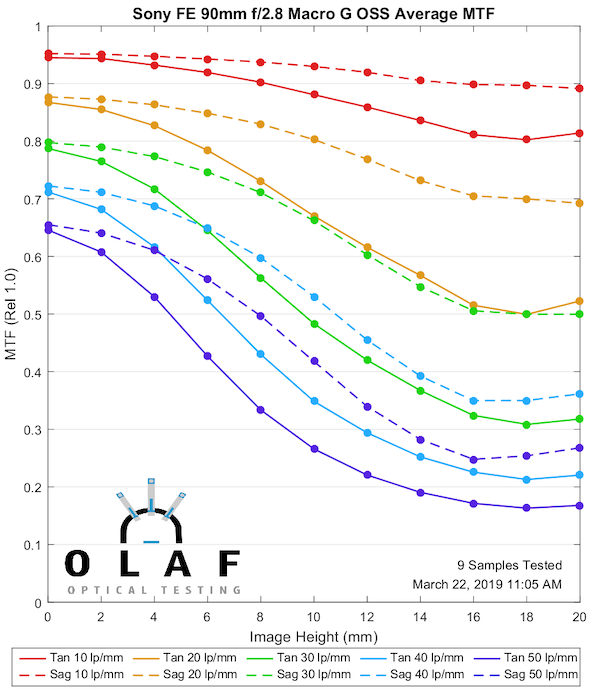shuncheung
Veteran Member
For some long teles, I think it is fine to recycle recent F-mount lenses with an integrated "extension tube" to make up the registration distance. For example, the two "new" Canon RF 400mm/f2.8 and 600mm/f4 are exactly done that way.Not I.Yes it could...do we really want to see new Z mount lenses being just recycled F mount lenses with an internal adapter?With that definition, the optical design of any F-mount lens could be used in a Z-mount lens.
I can see Nikon using that same approach for the fairly new 180-400mm/f4 + 1.4x TC and 120-300mm/f2.8, but if Nikon can make some adjustments to take advantage of the wider throat in the Z mount, that would be even better.
I wouldn't like that approach for wide lenses, and Nikon is not doing that at all.
Right. If Nikon or anybody else makes a lens that can be directly mounted on Z bodies and take pictures with them, that is a Z-mount lens.If Nikon builds a lens with a Z mount, it IS a Z-mount lens, period. It really is that simple.After all, by definition (Nikon's) a Z mount lens is "The combination of new optical formulas and Nikkor’s proven glass types results in greater resolution from the center of the frame to the far edges". So the proposed older F-mount optical formula with an adapter space built in...really isn't a Z-mount lens according to nikon
What a recycled F optical design lens would NOT be is a success in the market. The user base would never accept such a half-baked concept that pointedly leaves possibility just sitting on the table unused. The new potentials available in the Z world are the oxygen.




